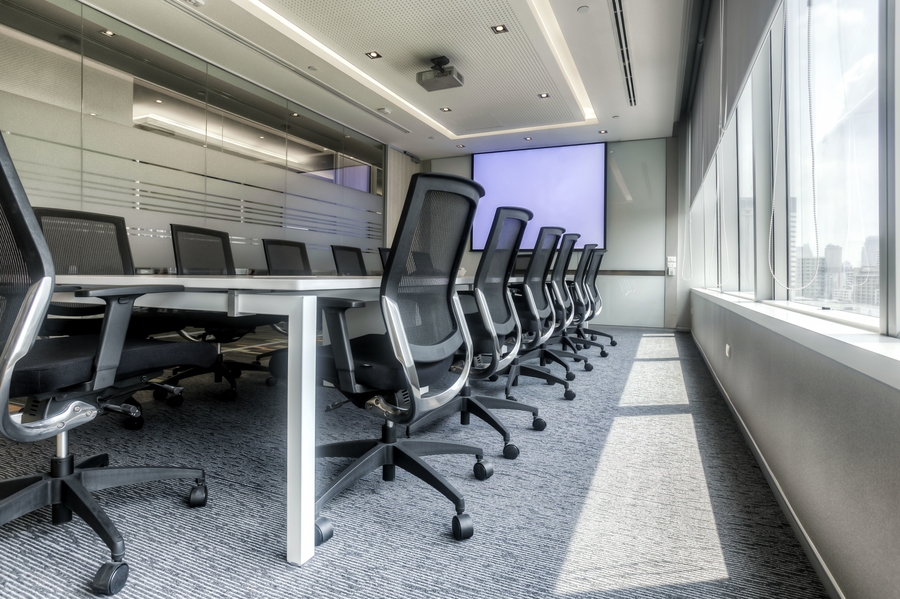The first step in successful surveillance camera placement is to locate vulnerable areas within the store. Such locations often include entrances and exit points, checkout registers, and aisles where high-value products are showcased. By installing cameras in these areas, store owners can observe customer behavior and detect questionable activities. Additionally, surveillance systems at entrances can capture images of people coming into and leaving the store, which is essential for identifying potential thieves. This preventive approach aids in minimizing theft and ensuring a secure atmosphere.
A further key consideration is the type of camera used in the retail space. Various types of cameras fulfill different purposes. For example, dome surveillance cameras are commonly used for internal monitoring because they are less obtrusive and can cover a wide space. Conversely, bullet-style surveillance cameras are ideal for outdoor application, as they are much conspicuous and can discourage criminal activity. Retailers should assess their specific requirements and select the suitable surveillance device types to ensure comprehensive coverage of the store.

Along with surveillance camera models, the position and elevation at which cameras are installed play a crucial part in their efficacy. Cameras should be positioned at a height that enables for unobstructed visibility of faces and activities without being easily manipulated with. A typical suggestion is navigate to this website to install cameras at least eight to 10 ft off the floor. Additionally, surveillance devices should be angled to cover as much space as feasible while avoiding blind spots. This strategic installation guarantees that all areas of the store are observed, offering a complete view of customer engagements and possible security threats.
Finally, it is crucial for store owners to regularly review and service their monitoring systems. This includes inspecting surveillance device performance, ensuring that recordings are high-quality, and refreshing software as needed. Routine upkeep helps to prevent mechanical problems that could compromise security. Additionally, store owners should review footage periodically to spot patterns in shopper actions and potential security risks. By remaining vigilant and attentive to their surveillance equipment, retailers can create a safer retail environment and protect their resources efficiently.